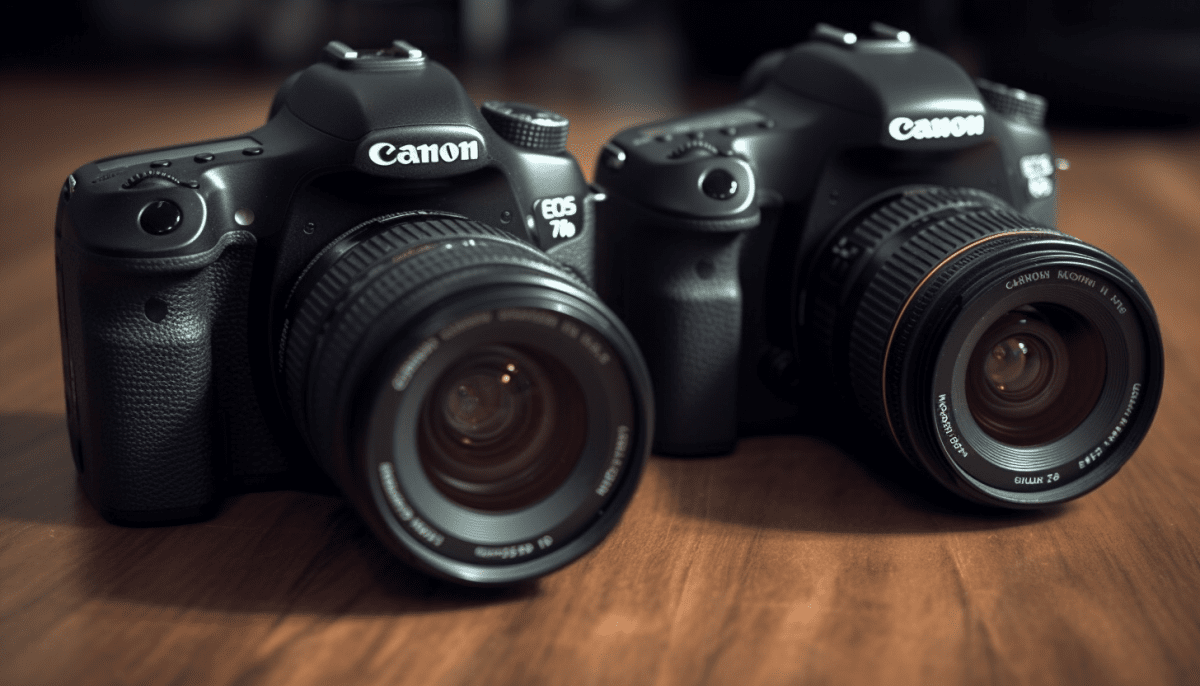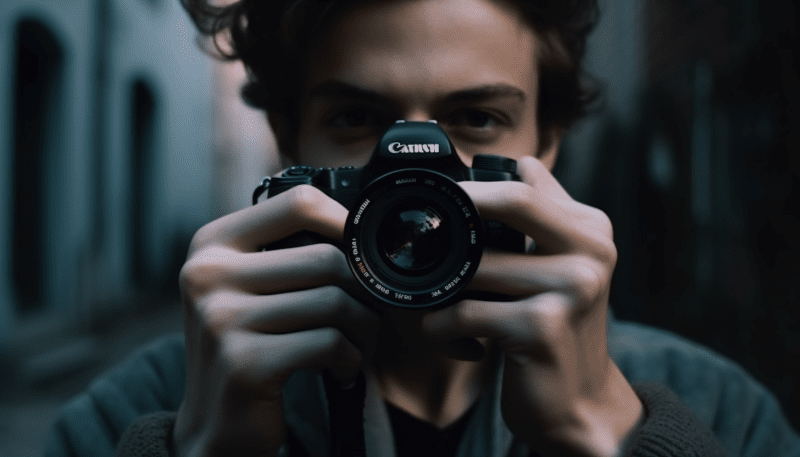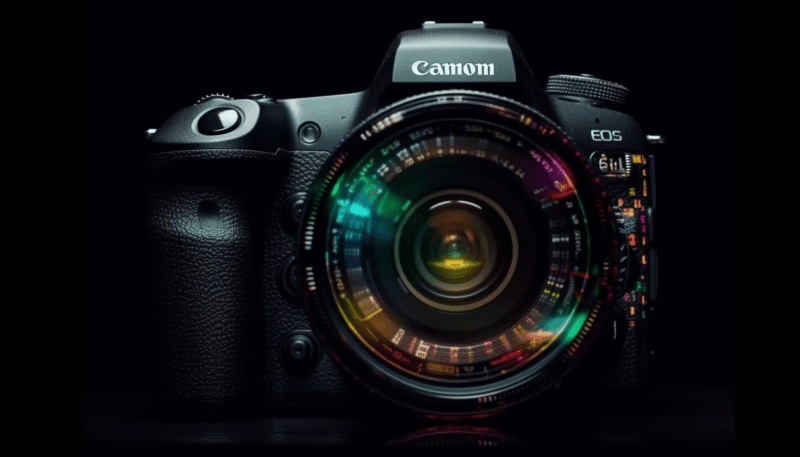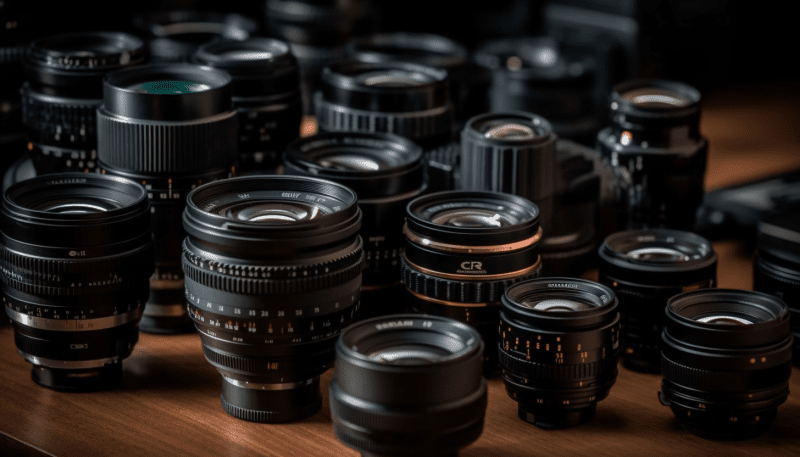When you're diving into the world of photography, you'll often hear about two main types of cameras: mirrorless and DSLR. Both have their strengths and weaknesses, so it's good to know what sets them apart before you make a choice.
Size and Weight: Mirrorless cameras are generally smaller and lighter than DSLRs. This is because they don't have a mirror box or optical viewfinder, which makes them easier to carry around. If you’re planning to travel or want something you can shoot with all day, a mirrorless camera might be the way to go.
Autofocus Speed: When it comes to focusing, mirrorless cameras often have the upper hand. They use on-sensor phase detection, giving them faster and more accurate autofocus, especially in video mode. DSLRs can struggle a bit in this area, particularly when shooting video. If sharp, quick focusing is a priority, mirrorless is worth considering.
Battery Life: One downside to many mirrorless cameras is battery life. Since they're constantly using digital displays and electronic viewfinders, they can drain batteries faster than DSLRs. If you're planning a long shoot, a DSLR might keep you going longer without needing a charge. Keep an extra battery handy either way!
Lenses and Accessories: DSLRs have been around longer, so they tend to have a wider selection of lenses and accessories available. Although mirrorless options are growing quickly, if you're eyeing specific lenses or gear, it’s good to research what’s available for both systems before deciding.
Benefits of Choosing a Mirrorless Camera
When it comes to choosing between mirrorless cameras and DSLRs, there are quite a few advantages to going mirrorless. One of the first things you’ll notice is their compact size and lightweight design. Without the bulky mirror and prism found in DSLRs, you can easily carry a mirrorless camera around, making it perfect for travel, street photography, or just daily use.
Another big perk is the fast autofocus system. Many mirrorless cameras come with advanced focusing that allows you to capture your subject quickly and accurately. This is especially useful for action shots or when you're trying to snap a picture of that cute puppy running by!
Additionally, mirrorless cameras offer great video capabilities. If you enjoy filming your adventures or creating content, you'll find that many of these cameras record high-quality video at various frame rates. Plus, the silent shooting mode is a bonus if you need to capture video or photos without drawing attention to yourself.
Don’t forget about the electronic viewfinder (EVF)! It lets you see the exposure and color balance before you take the shot, which is super helpful. Unlike optical viewfinders that can be harder to gauge in bright sunlight, the EVF shows you exactly what you're going to get, making it easier to make adjustments on the fly.
In terms of customization, mirrorless cameras often provide a more intuitive menu system. You'll find touchscreen controls and customizable settings, letting you set things up just the way you like. This means spending less time fumbling around with buttons when you should be capturing the moment!
Advantages of Using a DSLR
When it comes to photography, DSLRs have some pretty solid advantages that make them a favorite for many. First off, they offer incredible image quality. With bigger image sensors, DSLRs tend to capture more light, which means your photos can look sharper and more vibrant—especially in low-light situations.
Another big plus is the variety of lenses available. Whether you're into wide-angle for landscapes or telephoto for wildlife shots, there’s a lens for just about every scenario. This flexibility allows you to be creative with your photography and find the perfect tool for each shot.
Plus, DSLRs typically feel more robust in your hands. They have a solid build and a comfortable grip, which is especially great for extended shooting sessions. Many photographers appreciate the tactile controls and the optical viewfinder that gives a direct view of what you're shooting, making it feel more connected to the photo-taking experience.
Battery life is another area where DSLRs shine. They usually last longer than mirrorless models, which means you can spend more time shooting and less time worrying about finding a charger or spare battery. That’s a big win, especially on long trips or photo outings.
What to Consider Before Buying
When diving into the world of photography, choosing between a mirrorless camera and a DSLR can feel like a big decision. Here are some key points to consider before making your choice:
Thinking about these factors will help you choose the right camera for your style and needs, making your photography journey enjoyable and successful!



